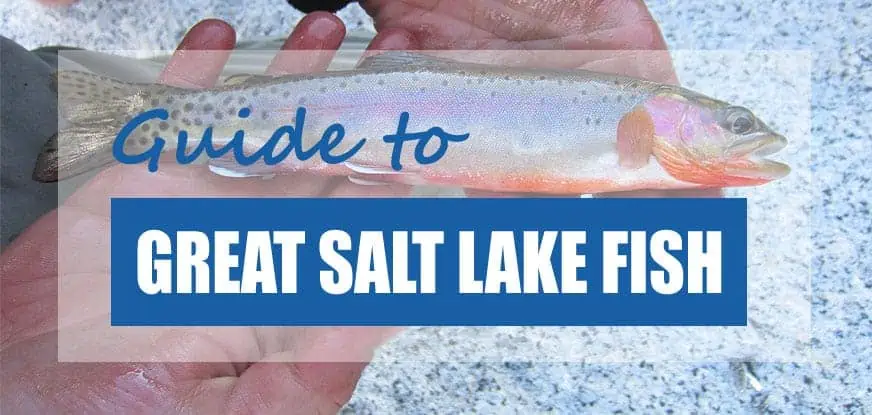[vc_row type=”in_container” full_screen_row_position=”middle” column_margin=”default” column_direction=”default” column_direction_tablet=”default” column_direction_phone=”default” scene_position=”center” text_color=”dark” text_align=”left” row_border_radius=”none” row_border_radius_applies=”bg” overlay_strength=”0. 3″ gradient_direction=”left_to_right” shape_divider_position=”bottom” bg__animation=”none”][vc_column column_padding=”no-extra-padding” column_padding_tablet=”inherit” column_padding_phone=”inherit” column_padding_position=”all” column_element_spacing=”default” background_color_opacity=”1″ background_hover_color_opacity=”1″ column_shadow=”none” column_border_radius=”none” column_link_target=”_self” gradient_direction=”left_to_right” overlay_strength=”0. 3″ width=”1/1″ tablet_width_inherit=”default” tablet_text_alignment=”default” phone_text_alignment=”default” bg__animation=”none” border_type=”simple” column_border_width=”none” column_border_style=”solid”][vc_column_text]“What about that lake?”.
The Great Salt Lake (GSL), which is the biggest salt lake in the Western Hemisphere, is mysterious and amazing. The ever-changing body of water shapes life along the Wasatch Front and prompts curiosity from all who visit. Here are answers to some of the most common questions. [/vc_column_text][/vc_column][/vc_row][vc_row type=”in_container” full_screen_row_position=”middle” column_margin=”default” column_direction=”default” column_direction_tablet=”default” column_direction_phone=”default” scene_position=”center” text_color=”dark” text_align=”left” row_border_radius=”none” row_border_radius_applies=”bg” overlay_strength=”0. 3″ gradient_direction=”left_to_right” shape_divider_position=”bottom” bg__animation=”none”][vc_column column_padding=”no-extra-padding” column_padding_tablet=”inherit” column_padding_phone=”inherit” column_padding_position=”all” column_element_spacing=”default” background_color_opacity=”1″ background_hover_color_opacity=”1″ column_shadow=”none” column_border_radius=”none” column_link_target=”_self” gradient_direction=”left_to_right” overlay_strength=”0. 3″ width=”1/1″ tablet_width_inherit=”default” tablet_text_alignment=”default” phone_text_alignment=”default” bg__animation=”none” border_type=”simple” column_border_width=”none” column_border_style=”solid”][vc_column_text].
The Great Salt Lake is an iconic part of Utah’s landscape, known for its beautiful sunsets, stinky smells, and very high salinity. But did you know that despite its extreme salt levels, the lake is actually home to several species of fish?
Many people are surprised to learn that there are fish living in the Great Salt Lake since it is much saltier than the ocean. In fact, the north arm of the lake can reach salt concentrations over 25%, compared to the ocean’s 3.5%. So how do fish survive in such a harsh environment?
Unique Adaptations Allow Some Fish to Tolerate the Salinity
While the high salinity does make it difficult for most fish to survive, some species have adapted in unique ways to handle the salt For example, the Utah sucker has special cells in its gills that excrete salt, preventing dangerous buildup in the bloodstream. The albino channel catfish drinks very little water, concentrating its urine to levels saltier than the lake to avoid dehydration.
But perhaps the most amazing Great Salt Lake fish is the brine shrimp. This tiny crustacean does more than just survive the salt – it thrives in it! Brine shrimp have a short life cycle that allows them to rapidly adapt to increasing salinity. Huge numbers of brine shrimp enter a dormant cyst stage when temperatures drop in fall remaining that way until hatching in spring. This ensures their survival if salt concentrations rise over winter.
Brine shrimp are a vital food source for millions of migratory birds that stop at the lake each year. Their cysts are also harvested in mass quantities to feed fish at aquaculture facilities around the world. The brine shrimp industry contributes significantly to Utah’s economy.
Freshwater Streams and Springs Create Habitats for Fish Too
In addition to salt-loving species, parts of the Great Salt Lake also support populations of more typical freshwater fish. This is thanks to the many rivers and streams that feed into the lake, like the Bear, Weber, and Jordan. These inputs of fresh water create pockets where the salinity is lowered enough for fish like trout and carp to survive.
For example, perennial springs along the lake’s north shore, like Locomotive Spring, provide year-round freshwater habitat for trout and carp. Man-made reservoirs like Willard Bay also host popular fisheries since they remain completely isolated from the greater salt lake.
During especially wet years, these freshwater havens can extend well out into the lake itself. 2011 saw record snowpack and runoff, dropping salinity levels and allowing fish to venture far out into previously uninhabitable parts of the lake.
Dead Fish Provide Food for Birds
The Great Salt Lake ecosystem relies on a delicate balance of fresh and salt water. If conditions change too quickly, large die-offs of fish can occur. These dead fish become an important food source for birds like gulls, pelicans, and bald eagles.
In the 1980s, carp and game fish populations exploded in Farmington Bay due to optimal salinity and water levels. But as the lake shrank, salinity increased and millions of fish perished. The rotten smell of so many dead fish was overwhelming! But their carcasses fed billions of migrating waterfowl stopping over in the bay.
The Future Remains Uncertain
While fish have proven they can survive in Utah’s inland sea, the future health of the Great Salt Lake remains precarious. Ongoing water diversion for human use, coupled with climate change, are causing the lake to shrink rapidly. Since 1847 the lake’s surface area has been reduced by over half.
If this decline continues, salinity will reach levels too extreme for even the most hardy fish and shrimp. The loss of brine shrimp would be devastating for the birds and lake ecosystem.
Luckily, many people are now recognizing the urgent need to balance the lake’s needs against our own. Efforts are being made to divert less fresh water, increase river flows, and breach causeways to improve circulation between the north and south arms.
Experience the Surprising Wildlife of the Great Salt Lake
Next time you find yourself alongside the Great Salt Lake, take a moment to appreciate that beneath those stinky waters, unique and amazing fish are going about their lives. If you look closely, you might even see brine shrimp swimming around! Understanding how these well-adapted creatures survive in such an extreme environment can give us hope that the lake’s ecosystem can persevere.

